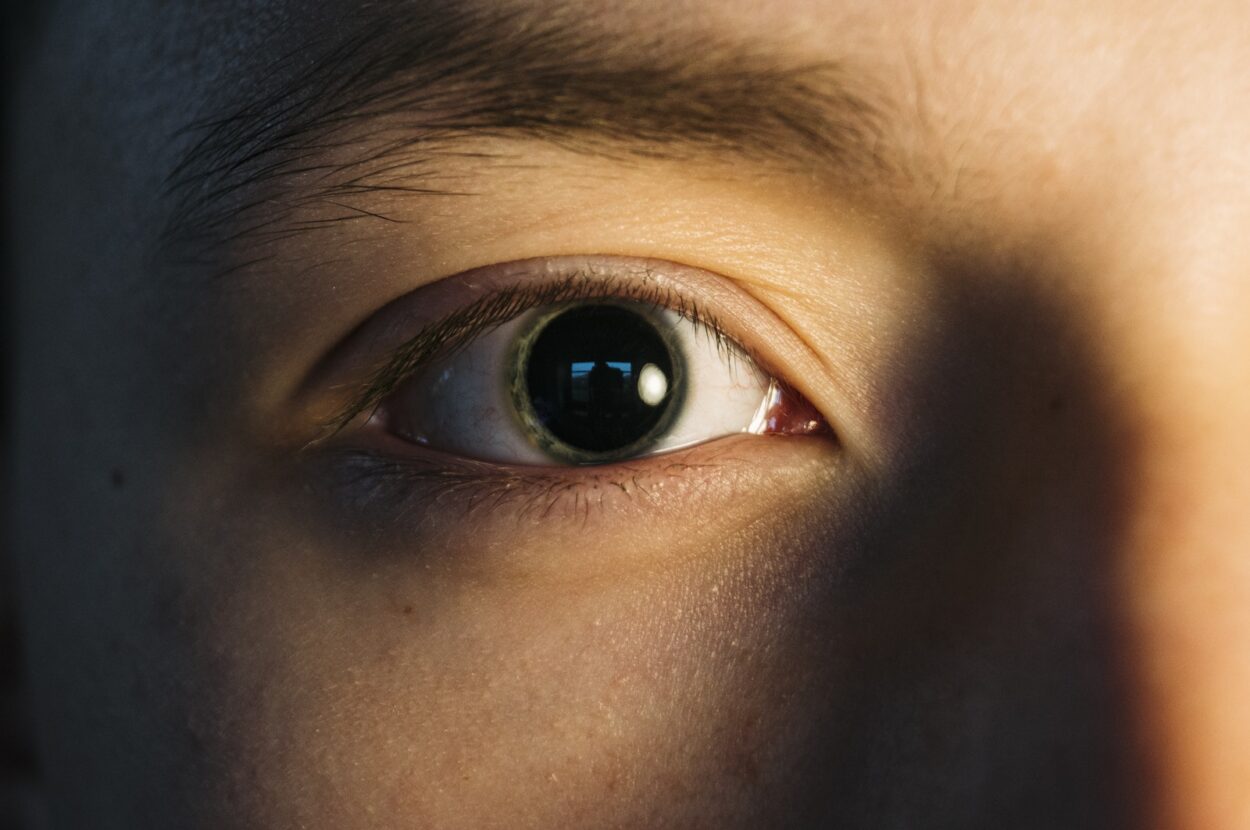A cystoscopy is an endoscopic test that lets your doctor look inside your bladder and urethra. Your healthcare provider might give you a sedative for this test.
For this test, you lie on an exam table on your back with your feet in stirrups. Then your doctor puts a numbing jelly on the opening of your urethra.
What is a cystoscopy?
A cystoscopy (say: SY-toe-skop) is a procedure that allows your doctor to examine the lining of your bladder and the tube that carries urine out of your body (urethra). Your doctor may use a flexible scope or a rigid one, depending on what needs to be looked at. It can be done in a testing room or as an outpatient, with sedation or general anesthesia.
Before your procedure, your doctor will give you instructions to follow and tell you what to expect. They will also need to know if you take any medicines, especially aspirin or other drugs that affect blood clotting. You will lie down on an exam table, either on your back or with your knees spread apart. A numbing medicine in the form of a jelly will be put into your urethra and into your bladder. This may be uncomfortable until the area becomes numb. The healthcare provider will then insert a hollow tube with a lens (cystoscope) through the end of your penis and into your bladder.
Some men experience male arousal during cystoscopy, which is not uncommon. It is important that medical staff communicate clearly with patients about what to expect and that they offer support and reassurance during the procedure. In addition, it is a good idea for men to practice relaxation techniques and to take medication to help them manage anxiety and stress before and during the test.
What causes male arousal during cystoscopy?
Male sexual arousal during cystoscopy is a real issue that affects a small percentage of men. It is important for medical staff to be aware of the possibility and work with patients to create a comfortable and respectful environment. The first step is understanding why this occurs. Male arousal during cystoscopy occurs due to the stimulation of the urethra and prostate gland during the procedure. This can cause arousal and may lead to feelings of shame or embarrassment for the patient. Medical staff should be trained to handle these situations with sensitivity and professionalism, and patients should be encouraged to speak up if they experience discomfort or are uncomfortable.
The risk of male arousal during cystoscopy can also be heightened by anxiety and vulnerability during the procedure. It is possible that men who are anxious about the procedure may feel more sexually aroused by the presence of a female medical professional. Additionally, the physical act of inserting the cystoscope can stimulate the penis and lead to an involuntary erection. Finally, the numbing jelly that is placed in the urethra can cause pain and discomfort, which can further increase feelings of sexual arousal.
It is also important to note that male arousal during cystoscopy does not necessarily indicate sexual attraction or interest in the medical professional performing the procedure. In fact, the arousal is usually caused by a physiological response and does not indicate any underlying psychological issues.
How is male arousal during cystoscopy treated?
Although male sexual arousal during cystoscopy occurs in only a small percentage of men, it can still be embarrassing and uncomfortable for the patients who experience this phenomenon. It is also a common issue that medical staff are trained to handle with care and sensitivity.
Several factors can contribute to the occurrence of sexual arousal during a cystoscopy. One theory is that the insertion of the cystoscope can physically stimulate the penis and lead to an involuntary erection. Another factor is the fact that men can feel vulnerable and exposed during the procedure, especially when their genitals are covered with a medical drape. In addition, many men have concerns about the presence of female healthcare providers during these procedures.
The good news is that this is a normal physiological response and does not indicate a sexual interest or desire. Moreover, it can be treated using a number of different methods, including providing a male chaperone to help with comfort and reducing the time the urethra is inserted into the bladder during the procedure.
During the cystoscopy, you will lie on an exam table with your knees spread apart and your feet in stirrups. After the numbing medicine has taken effect, the healthcare provider will insert a thin tube (cystoscope) into the end of your penis and down your urethra. You may feel discomfort during this process as the urethra is being inserted, but this will fade after a few seconds.
How can I reduce my risk of male arousal during cystoscopy?
Male arousal during cystoscopy is a real issue that can be difficult to navigate. However, there are steps that can be taken to reduce the risk of this reaction. One of the most important is for medical staff to be aware of this phenomenon and treat it with sensitivity. This can be done by ensuring that patients are comfortable and informed about what to expect during the procedure, and providing them with reassurance and support throughout the process.
Another way to reduce the risk of arousal during cystoscopy involves using a smaller diameter cystoscope, which may be less likely to stimulate the penis. In addition, patients can ask their doctors to use a topical anesthetic on the area to minimize discomfort and pain. Finally, it is helpful for patients to practice relaxation techniques prior to the procedure to help them calm their nerves.
Male arousal during cystoscopy can be an embarrassing and uncomfortable experience for both patients and medical staff. However, it is important to remember that this reaction is normal and does not indicate sexual attraction or inappropriate behavior. In addition, it is vital to create a safe and supportive environment for patients, as well as provide them with alternatives to the procedure if they are concerned about their comfort or safety.



Leave a Comment